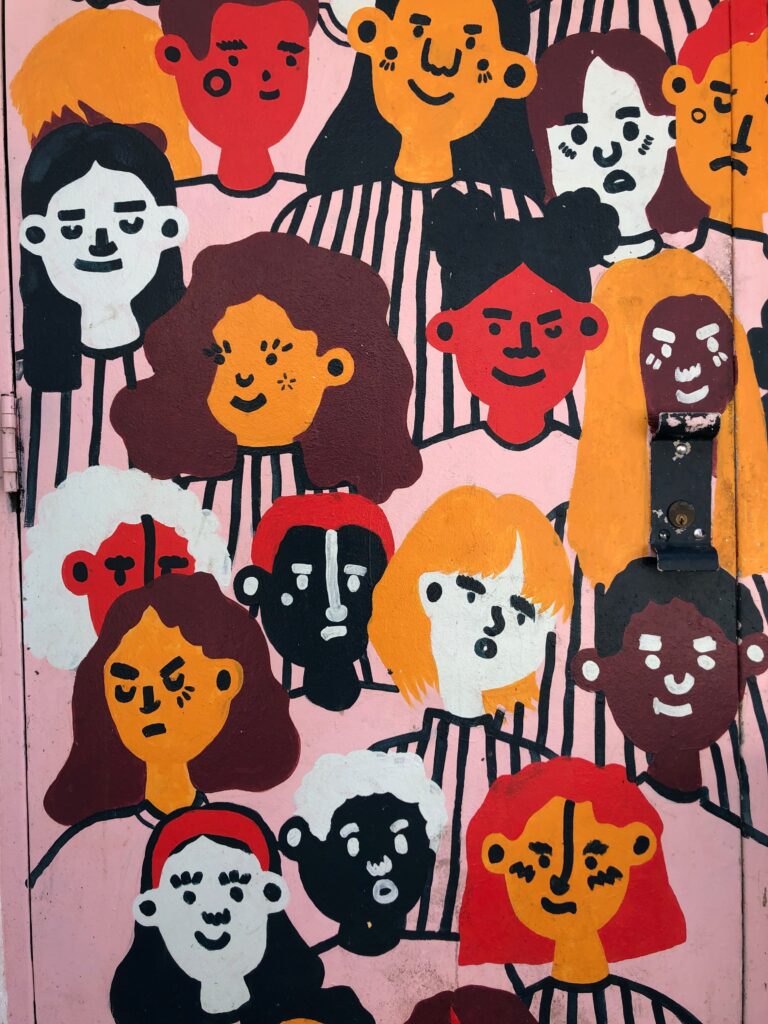How L&D Can Advance Workplace Racial Equity

How do we learn how to learn? How do we think about how we think? And how does knowing how we learn and think advance workplace racial equity?
Margaret H. Greenberg, Gina Greenlee
There are six reasons why we believe the workplace is the perfect place to reimagine the status quo to advance racial equity. One of those reasons is, like it or not, we must routinely venture outside our comfort zones to acquire new skills. Companies must do this to remain competitive, and workers must do this to remain employable.

None of us knows what our jobs will look like next year, next month, or next week. Employees worldwide learned that in 2020. Companies adapted and pivoted their business models, job offerings, and footprint in response to the Covid-19 pandemic. Today’s business environment requires us to be continual learners, always on the lookout for opportunities and trends. Learning more about race and racism and constructive discourse on these dynamics is a twenty-first-century workplace competency.
Partner with Your Company’s Learning & Development Function

Any Learning and Development (L&D) program advises that the first step toward competence is self-awareness, not immediate action. Introspection involves slowing down, going inward, and being deliberate about how we think. L&D practitioners are subject matter experts in asset-based models, research, and tools for navigating how adults learn, change and grow. These professionals are trained to support their workplace peers in navigating the challenges that they will face when learning any new skill or behavior.
Let’s Get Concrete: What Humans Experience When We Learn New Skills
The Conscious Competence Learning Model has had staying power for more than 50 years. Noel Burch, an employee with Gordon Training International, developed it in the 1970s at a time when learning and development was called “training.” The model remains relevant today in coaching, education, and business.
It is a simple yet profound deconstruction of the stages we enter and pass through when learning new skills or adopting new behaviors. Whatever we are learning, from navigating a new digital collaboration tool or speaking a new language, to developing more empathy, the Conscious Competence Learning Model helps us pinpoint where, on a continuum, we are in the learning process.

When we learn new skills, we experience different emotions at different stages of the learning process. At the beginning, we may not realize how much we need to learn. Then, as we discover what we don’t know about a subject, we may become disheartened. We might even give up. Recognizing how we feel at each stage of the learning process can help us stick with the journey as we manage these emotional ups and downs.
The model highlights two factors that affect our thinking as we learn a new skill: consciousness (awareness) and skill level (competence). And it demonstrates the journey we undertake as these two factors intersect:
- In the first stage, unconscious incompetence, we don’t know what we don’t know.
- Then we move into stage two: conscious incompetence. In this stage we know what we don’t know. This is the most difficult, uncomfortable part of any learning journey because we are now aware that we have a gap. This is the stage where we often give up or are tempted to do so, but if we hang in there and embrace the uncomfortable, we grow our skills, and also the ability to engage change with confidence.
- The third stage is conscious competence. We’ve learned new skills or behaviors and feel comfortable engaging them. We feel more open and curious, and recognize that learning is a journey and not a finite destination. Now we want to learn more.
- Eventually, we move into the fourth stage of any learning journey and that’s unconscious competence. We no longer have to consciously think about a particular skill or behavior. It’s natural for us.
Any learning and development program advises that the first step toward competence is self-awareness, not immediate action. Introspection involves slowing down, going inward, and being deliberate about how we think.
When individuals, teams and senior leaders in organizations understand the milestones along their learning journey, they are more likely to be successful. They know they are going to feel uncomfortable. They know they are going to make mistakes. They are more open to grappling with challenges in themselves and when engaging others. It’s an expected part of the learning process, not a reason to give up.
To adapt to changing demographics we all must learn how to work effectively in a multicultural society. That includes learning more about different races, ethnicities, and cultures. As Apple’s CEO, Tim Cook said, “The world is intertwined today, much more than it was when I was coming out of school. Because of that, you really need to have a deep understanding of cultures around the world.” The Conscious Competence Learning Model is an effective tool in helping learners understand where they are their learning journey.

